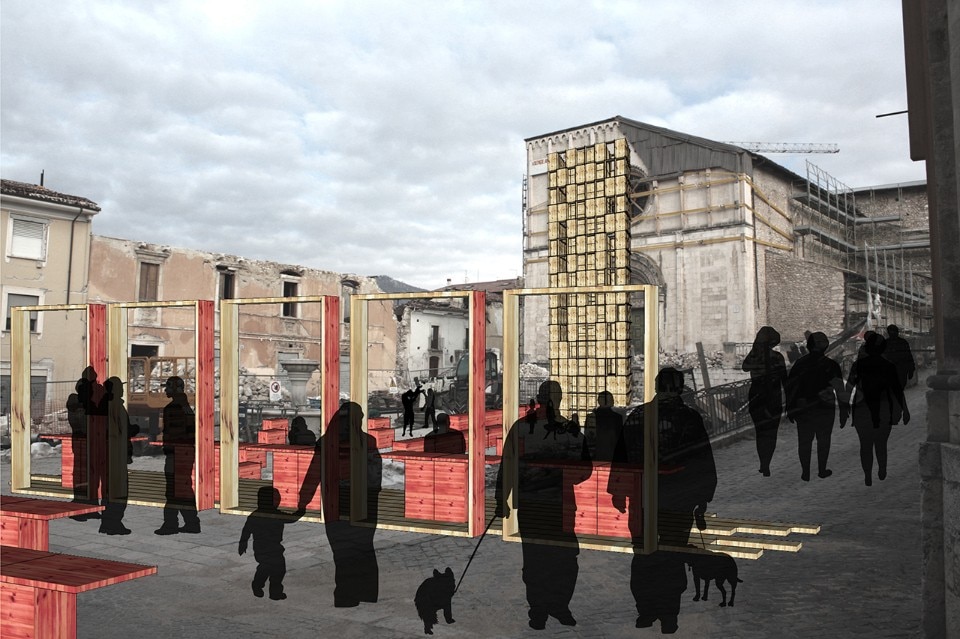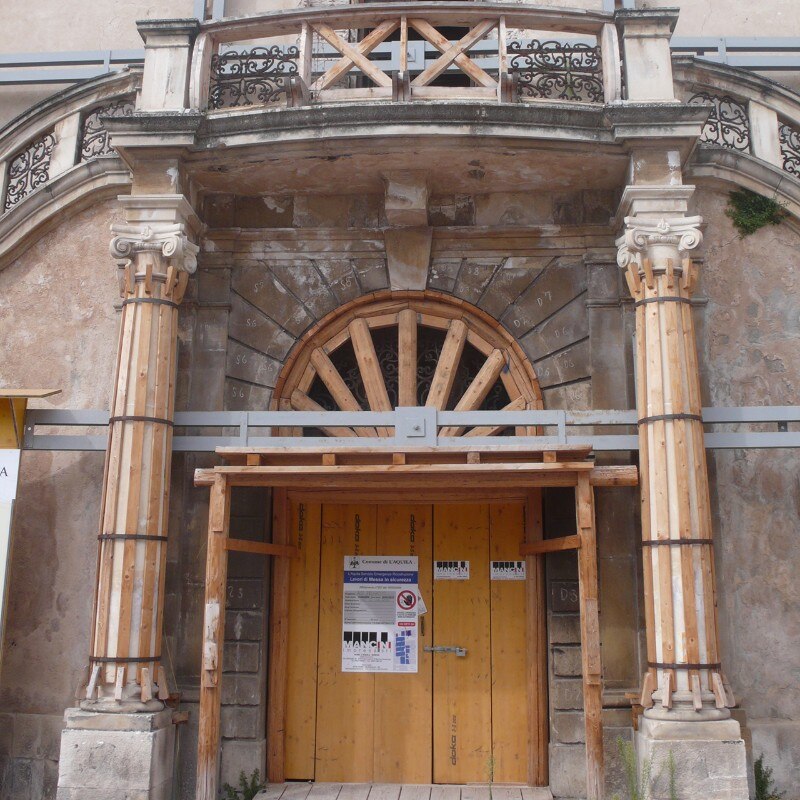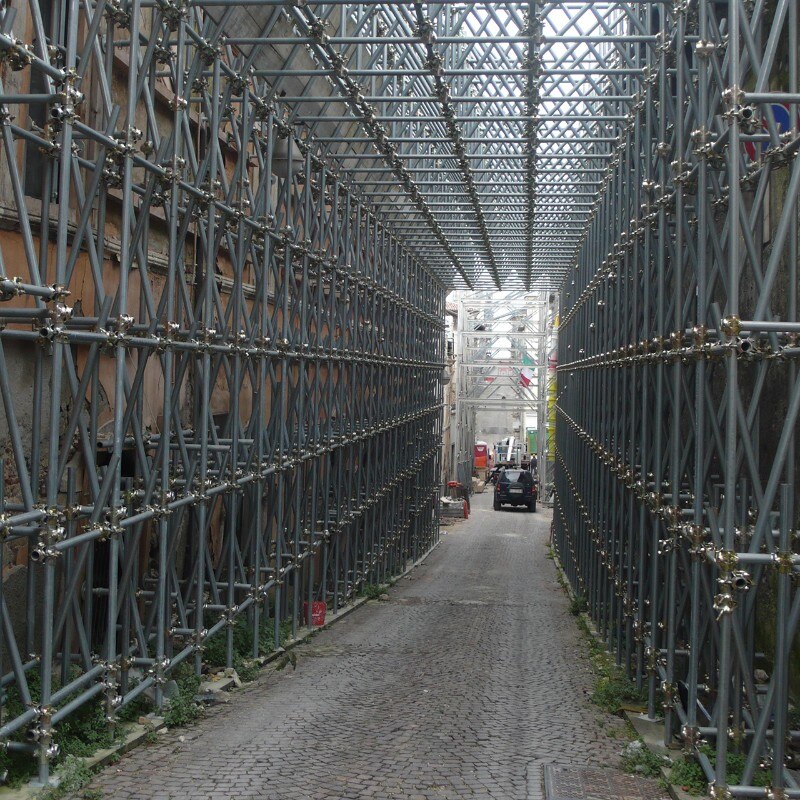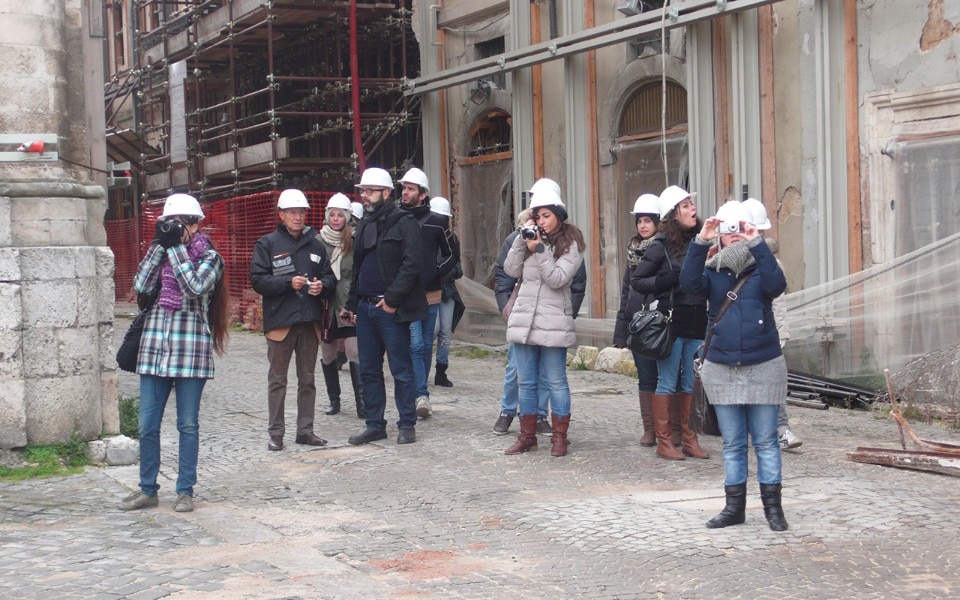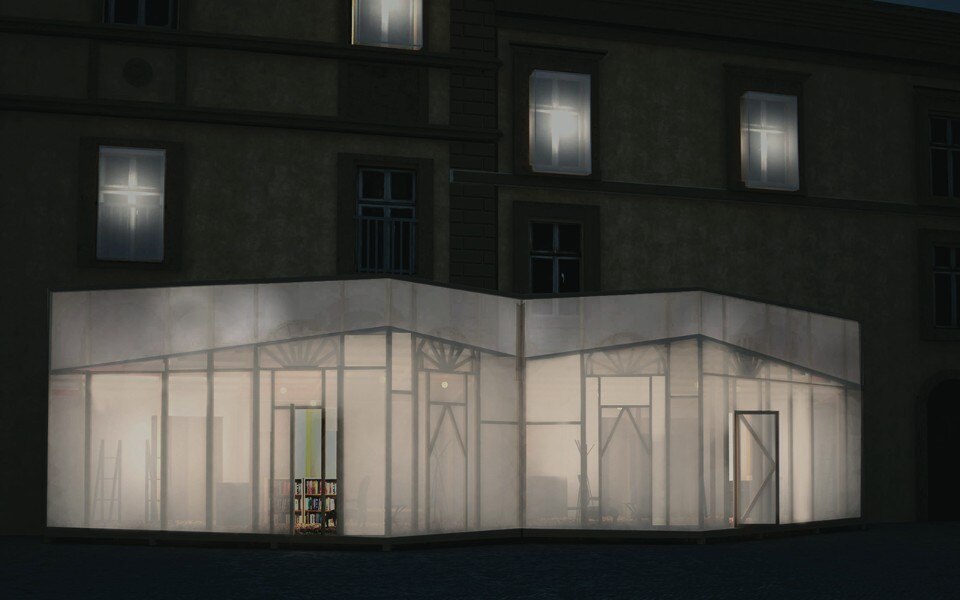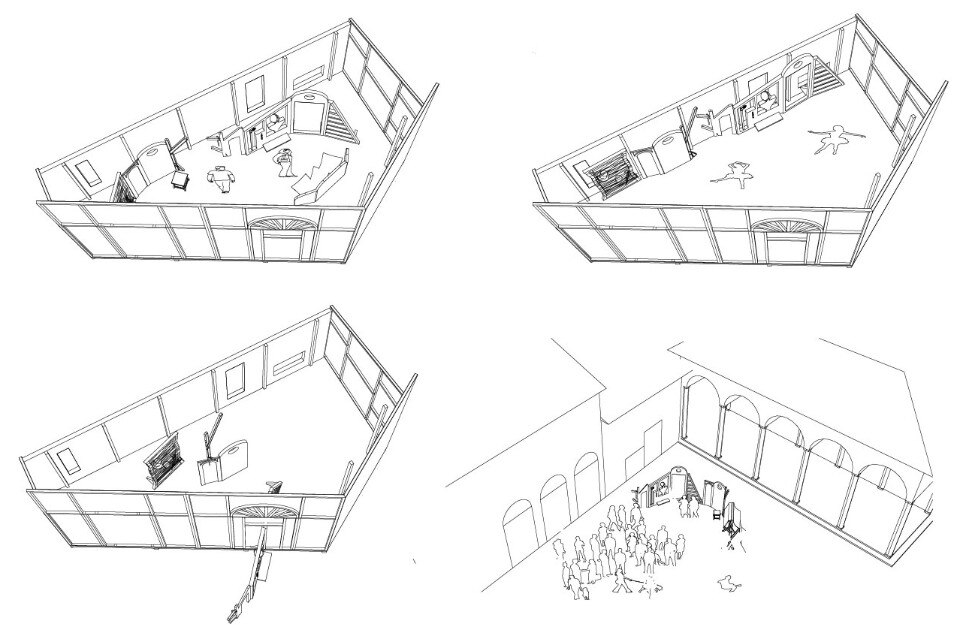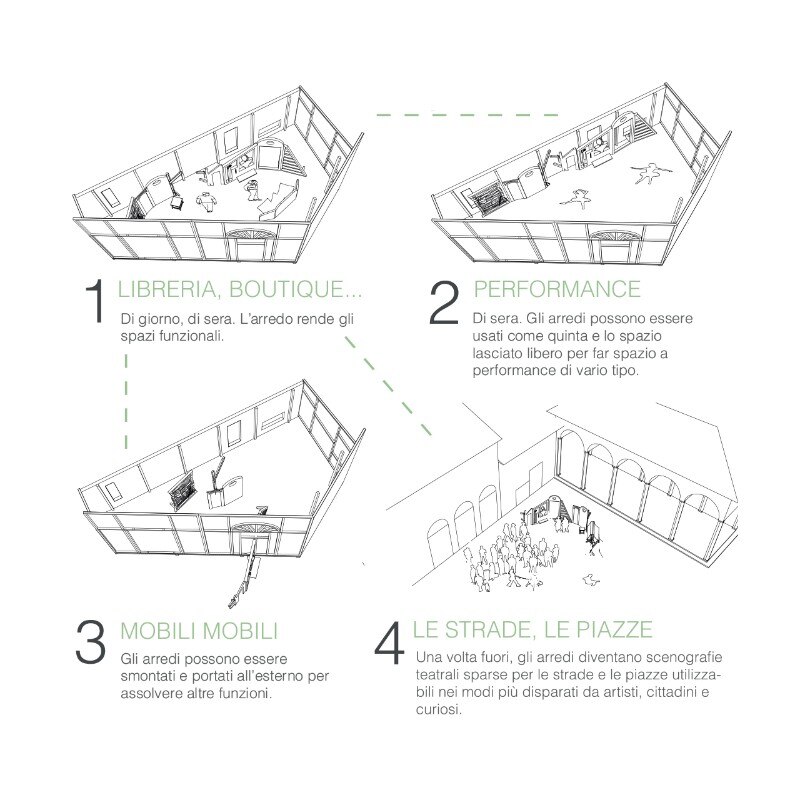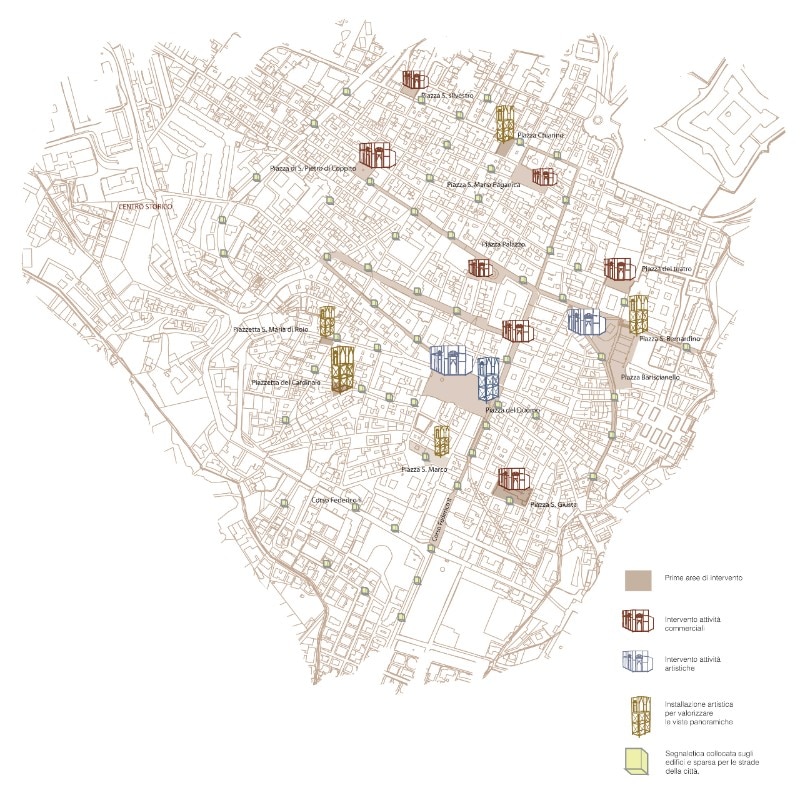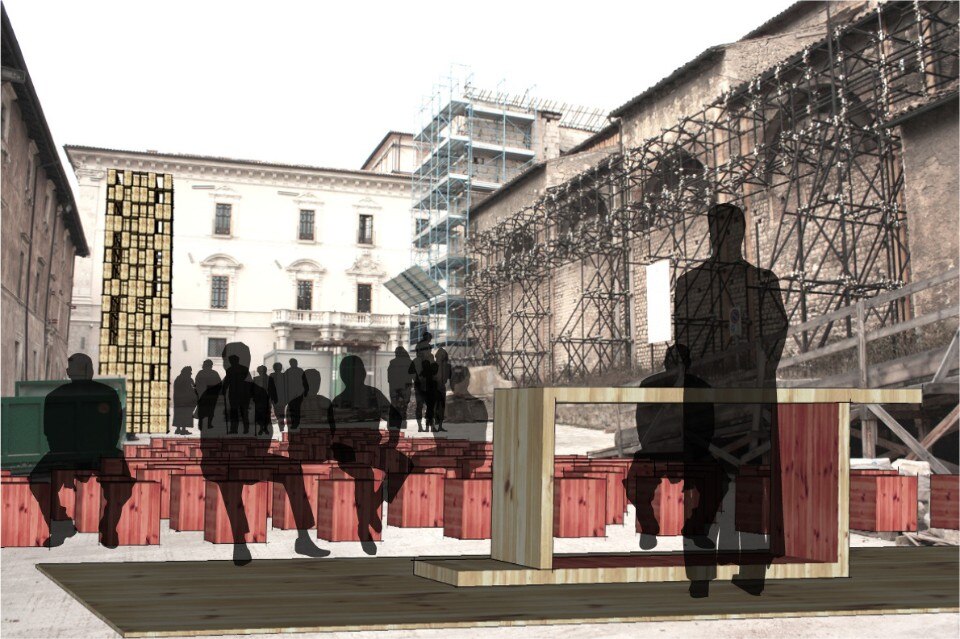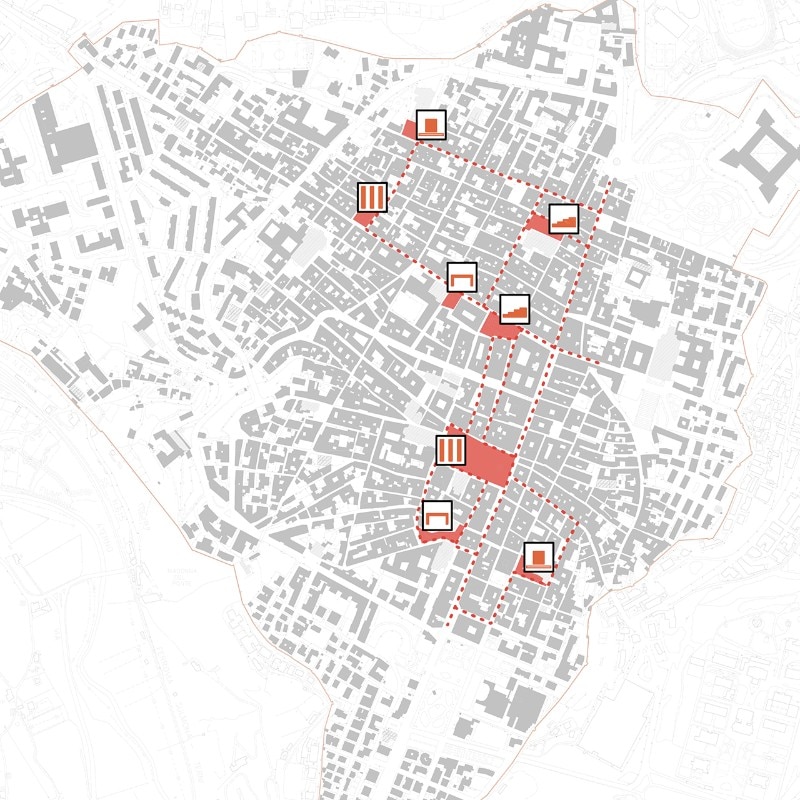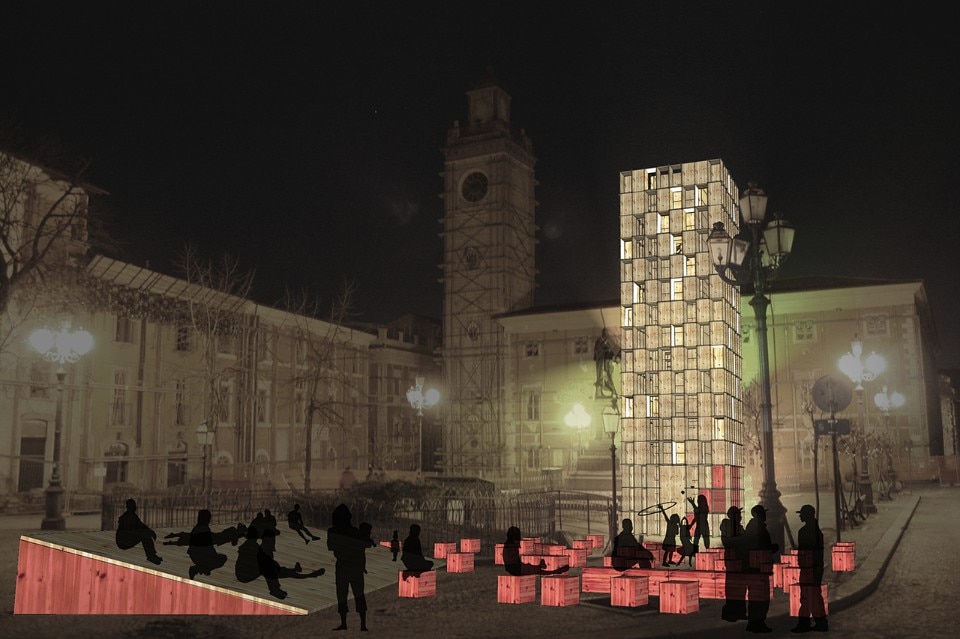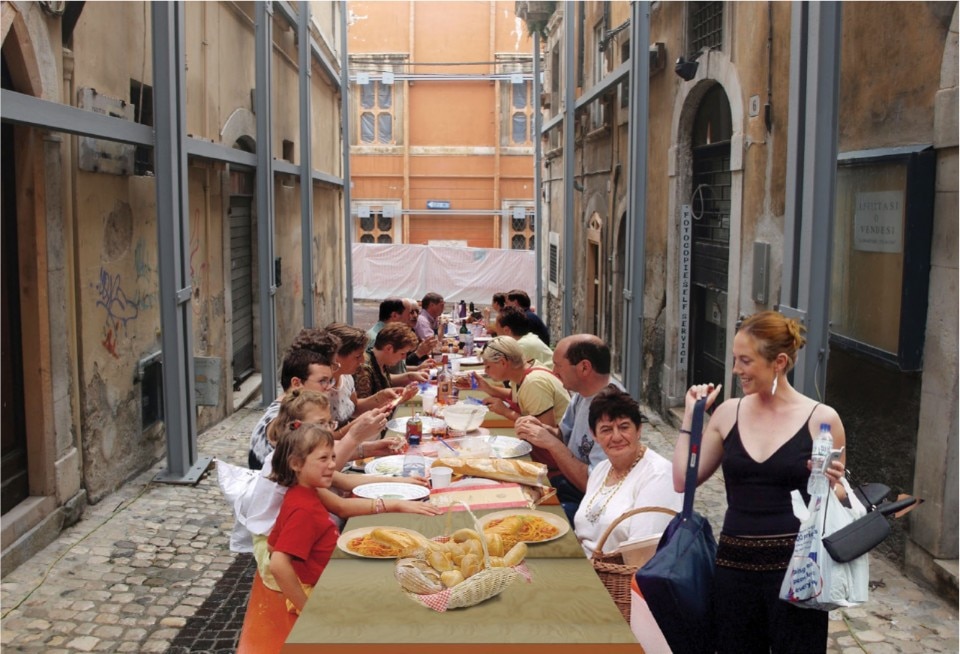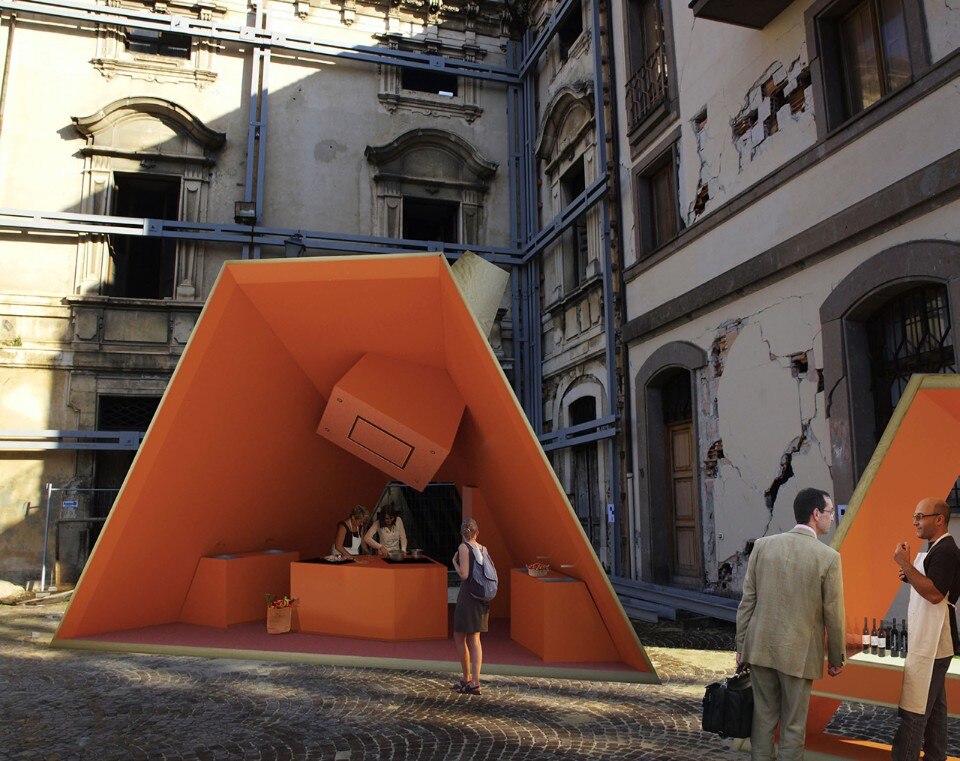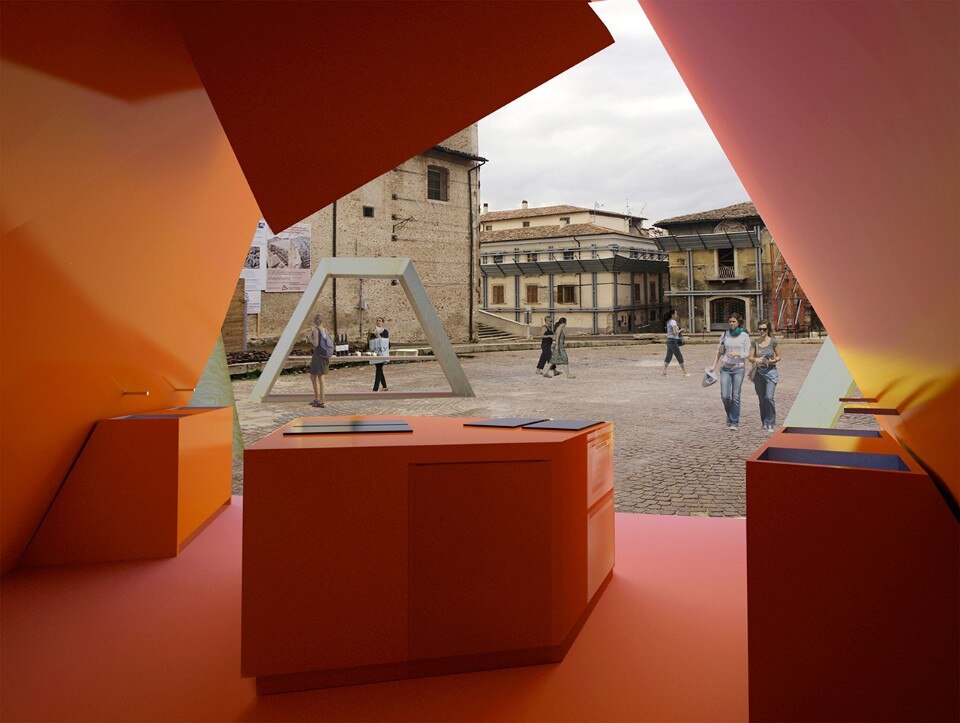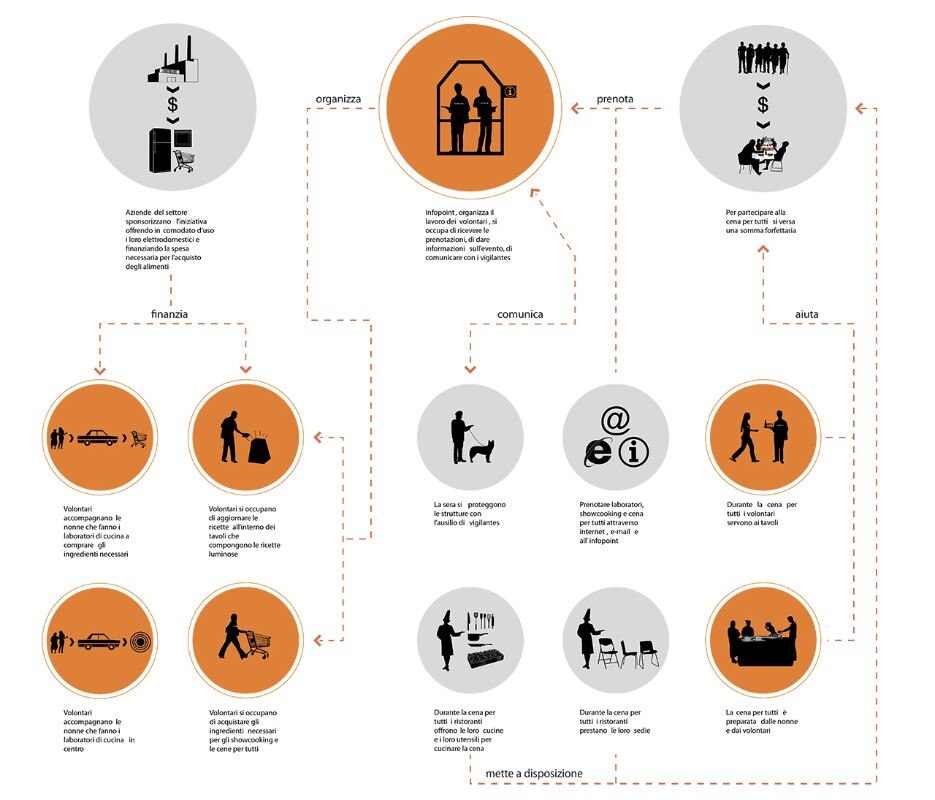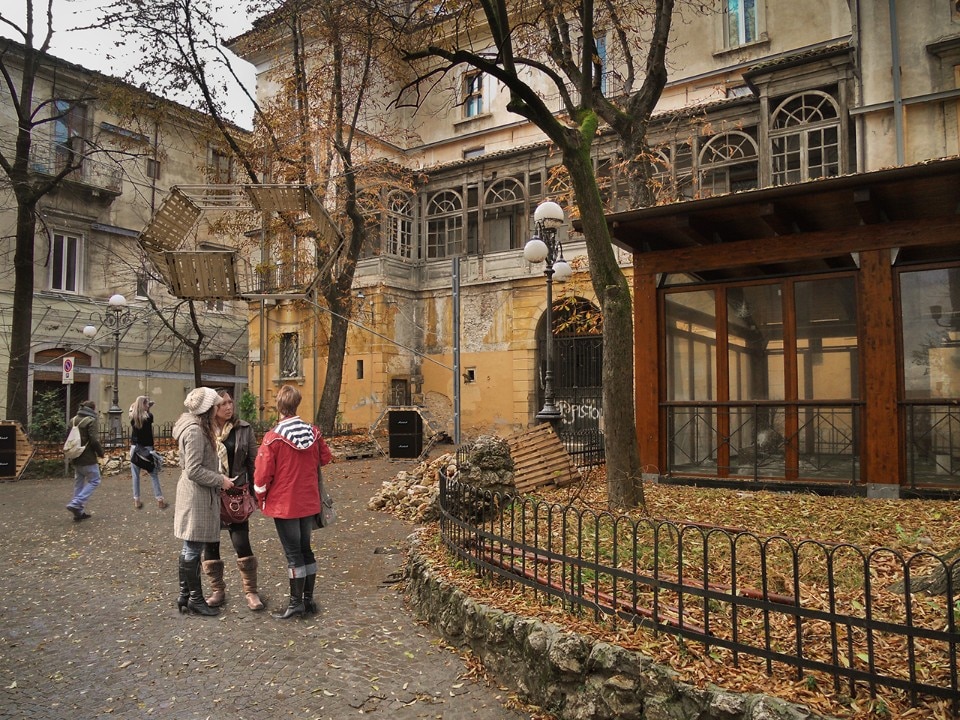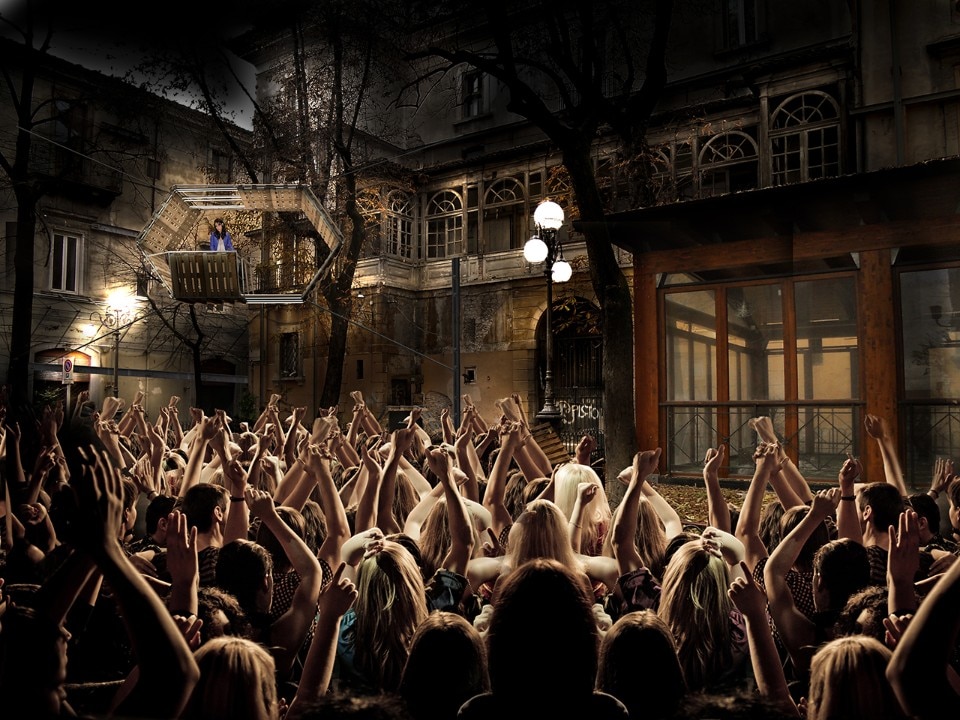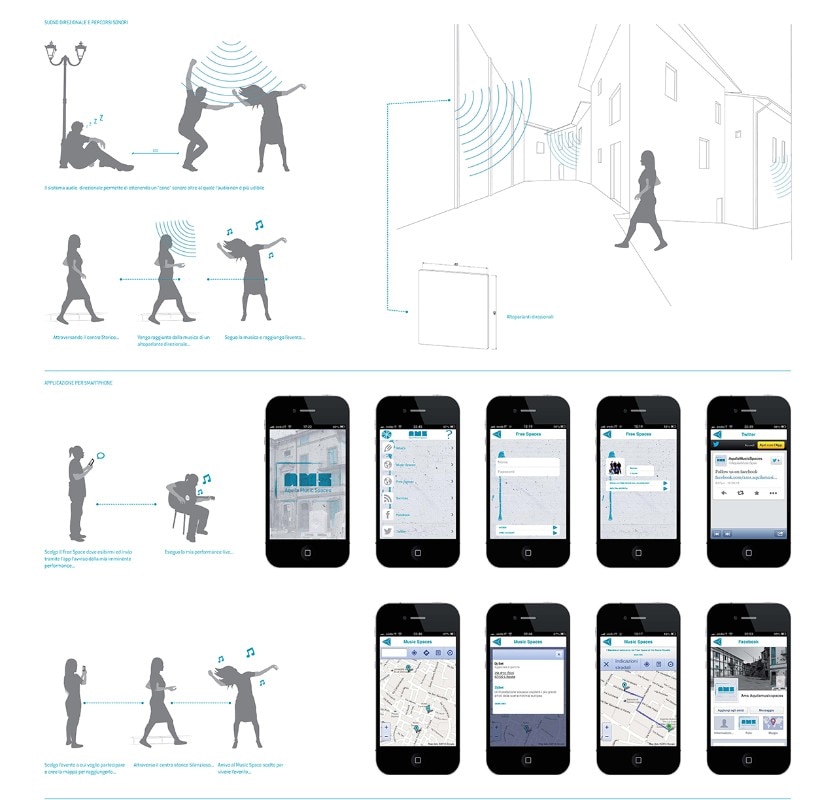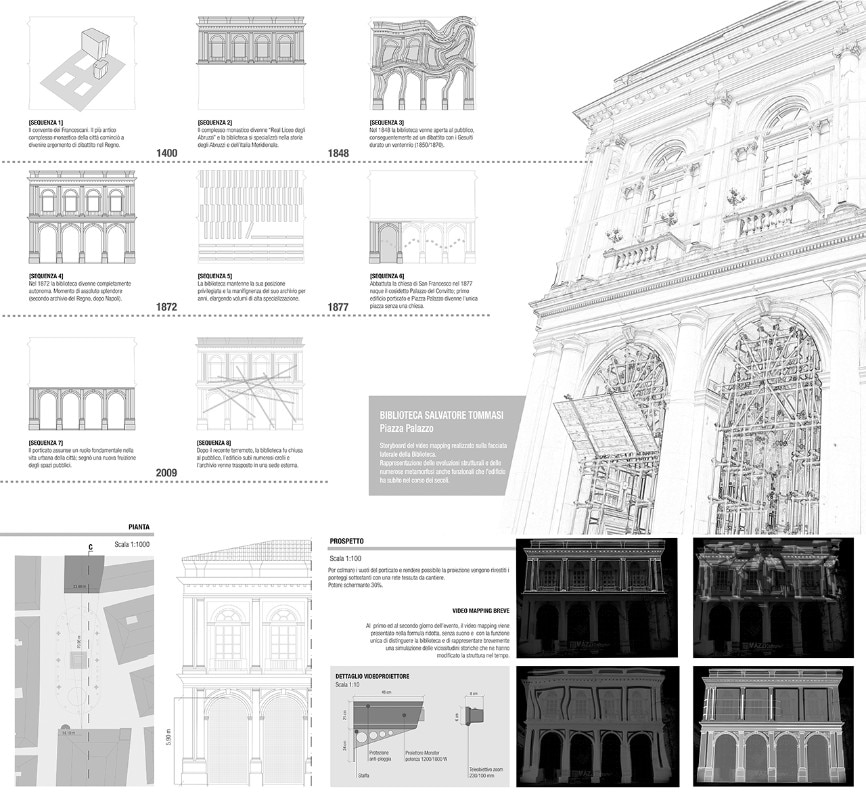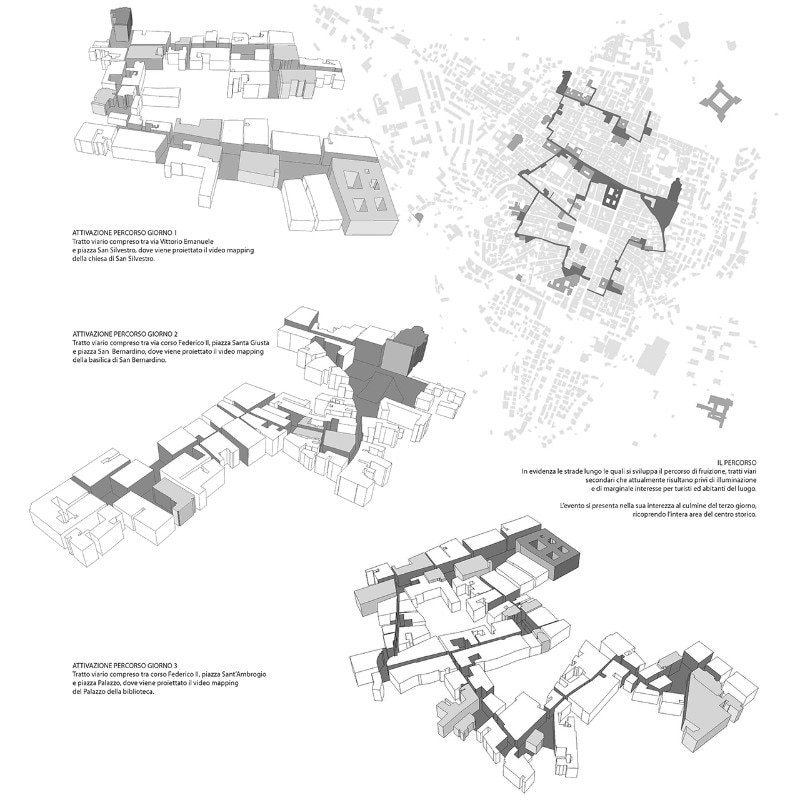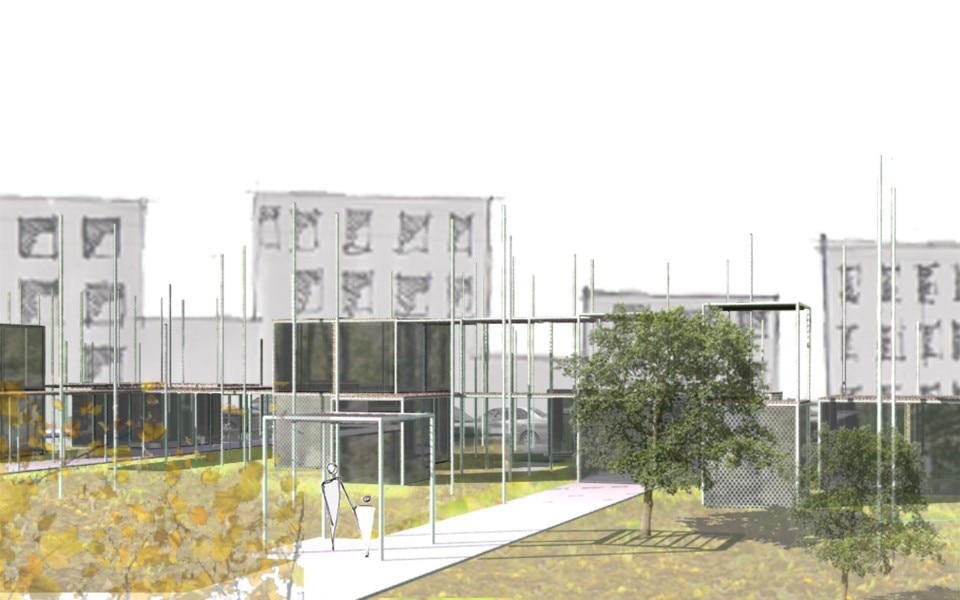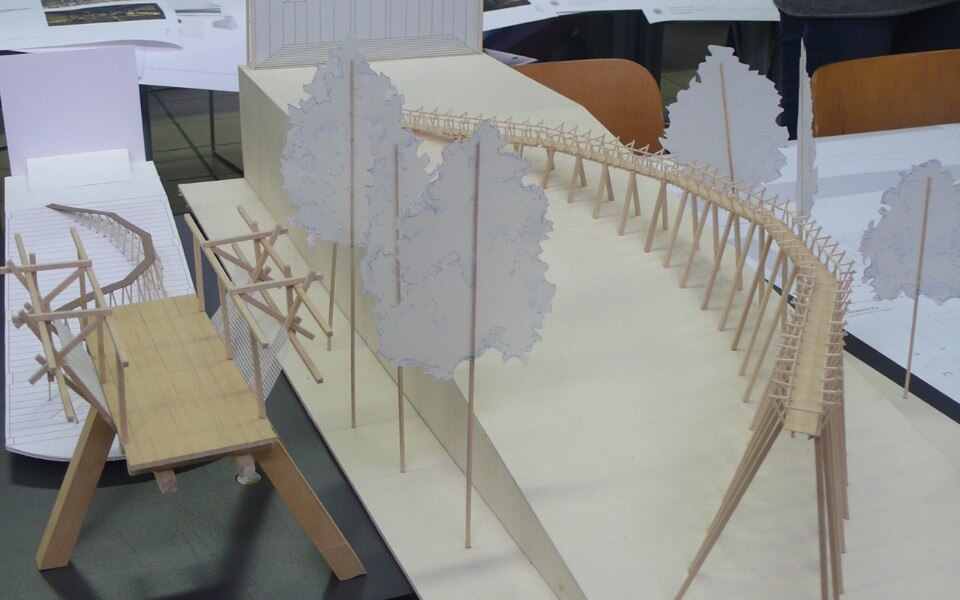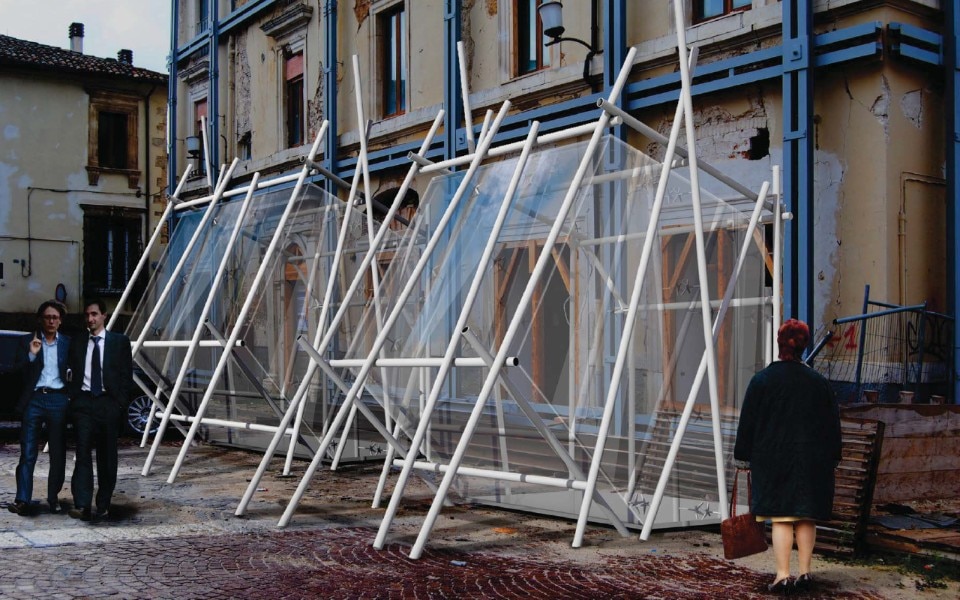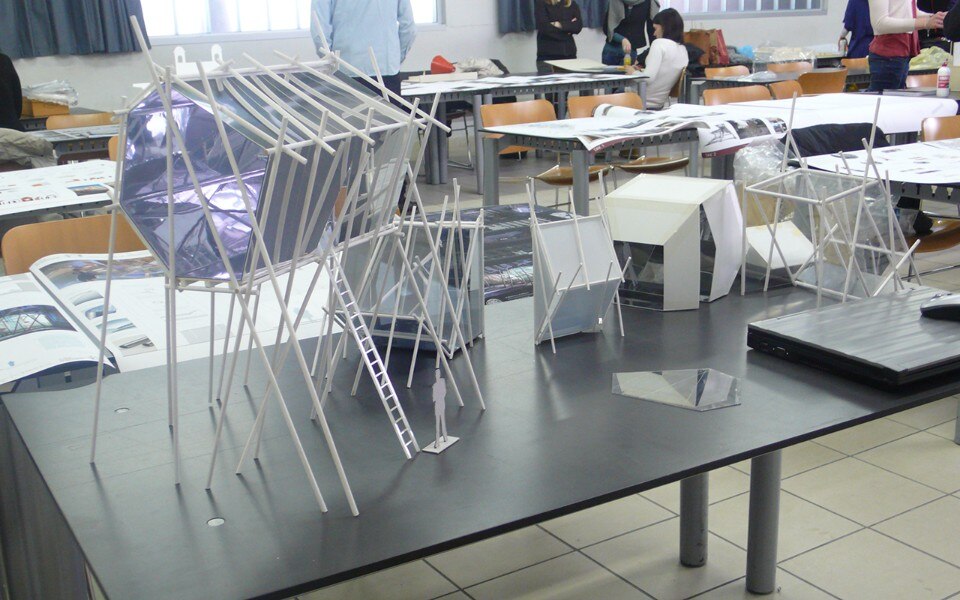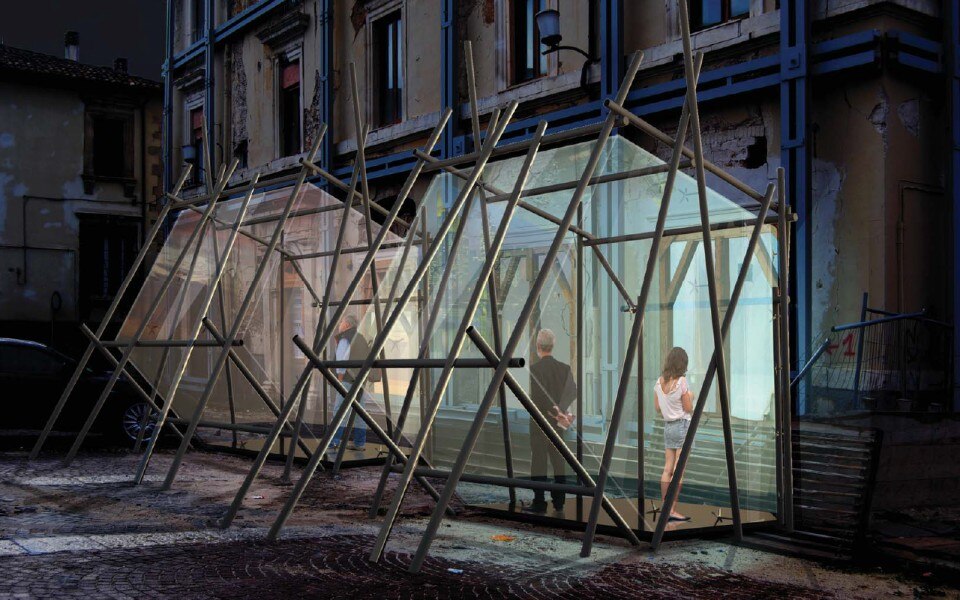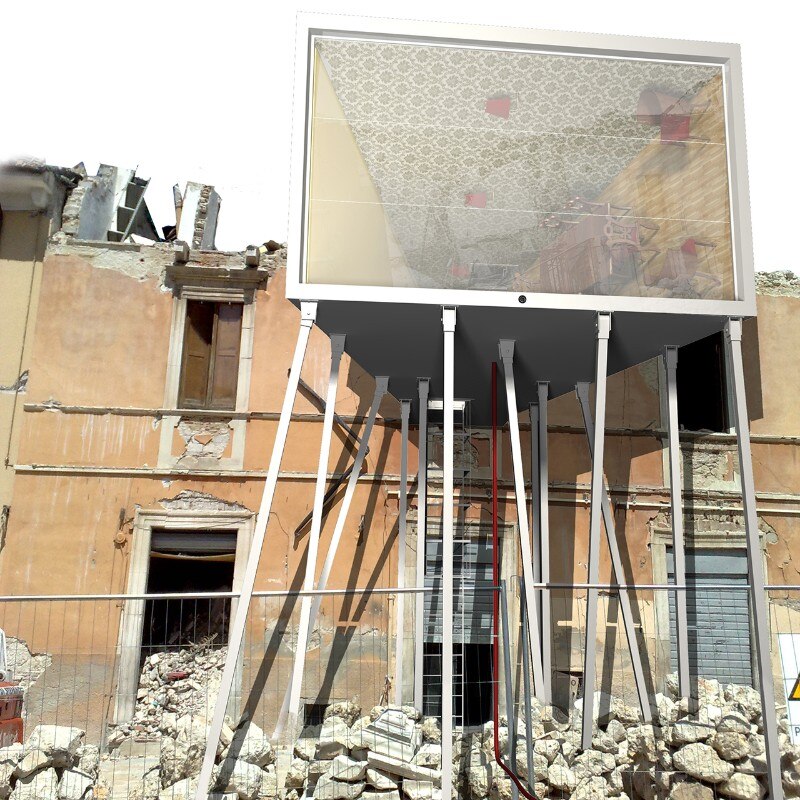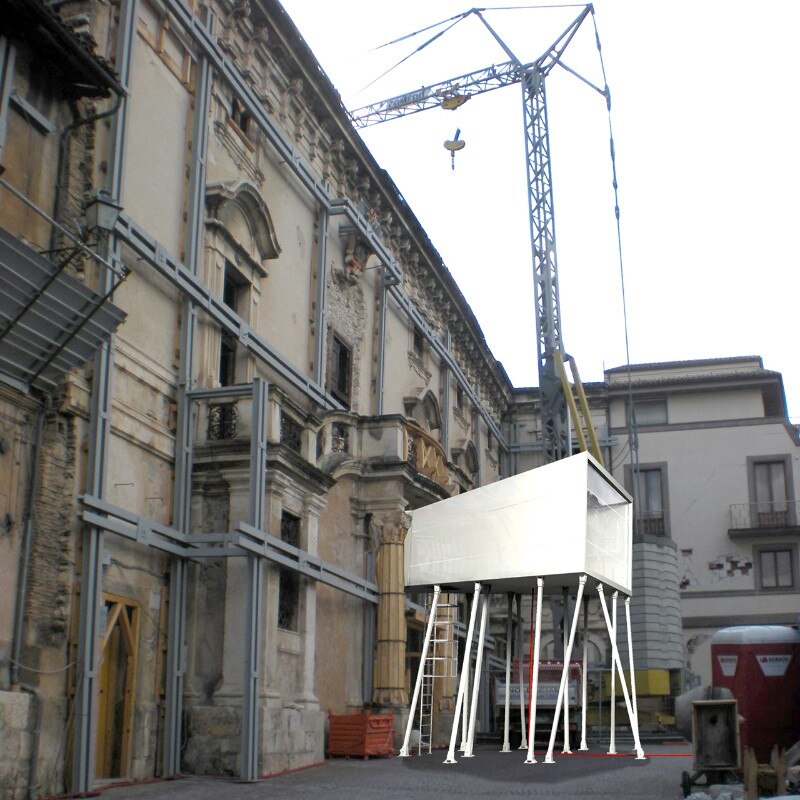The idea of considering the objective state of designing as an opportunity for transformation is typical of designers and, in a wider sense, of planners. This implies a positive energy in the interpretation of contextual data and a commitment to change. Thus, faced by the dramatic situation in L’Aquila, following the earthquake of 6 April 2009, to the devastation of its historic centre, to the forced abandoning of the citizens and businesses, designers examine the possibility of making a contribution to the rebirth of the city. The study of the traditions and material conditions which preceded the catastrophe; the contact with institutions, civil society associations, individual citizens; the analysis of interventions carried out and proposals under discussion, all offer initial fundamental information to everyone.
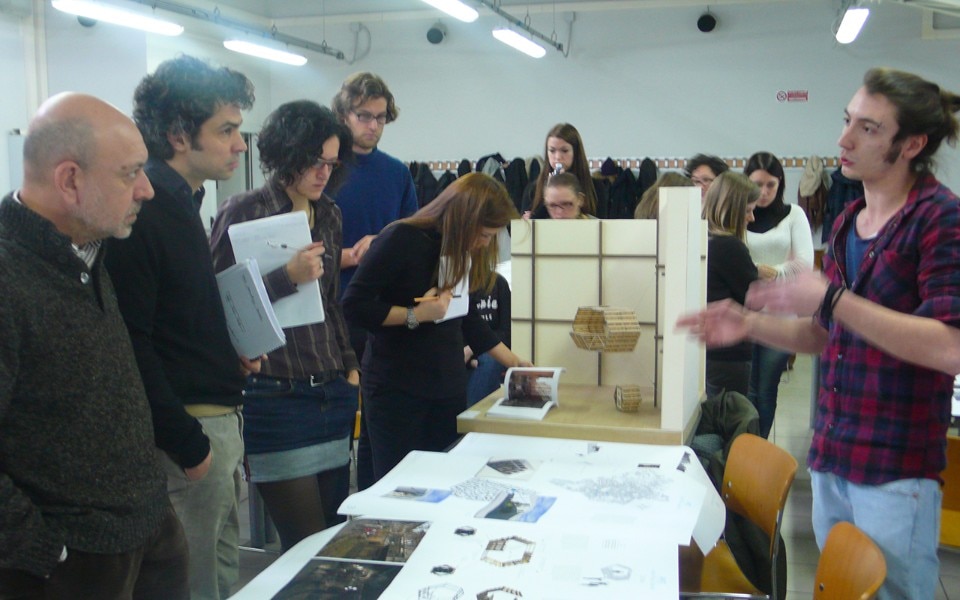
 View gallery
View gallery
This is combined with more disciplinary methods of study which concern the state of places and their use in altered urban conditions. Lastly, there is a third level of analysis, more difficult to describe in methodological terms, which regards the ability to analyse places according to unusual angles and depths of field. The designer walks through the empty centre of L’Aquila, seeing, in the support structures and in the hypertrophy of scaffolding on the baroque façades, the emergence of an unexpected form of beauty, a new image of the city which design can valorise and once again make available to the citizens, for the return of social and economic activity.
Between actions of immediate support for the population and permanent reconstruction lies an intermediate period which cannot be left empty and which the culture of design can effectively structure through light and reversible technology with its origins in staging and scenography; the design processes for interiors applied to urban space; the considering of design as a process and an event, or rather “actions in time” which take construction as much as the decommissioning and preparation of a constructed space for multiple uses into consideration: in co-presence, alternating - for example daytime/night time, or for substitution, similar to a form of hardware which is compatible with various applications.
Such forms of design are the focus of didactic and research activity as part of the Course of studies in Interior and Spatial Design held at the Politecnico di Milano. The Synthesis Workshops - educational structures which accompany the students in the development of their Post Graduate theses - are the most suitable location for the study of these themes, and it is in this environment that the experience regarding L’Aquila has emerged. Between 2010 and 2012, five tenured professors and five collaborators led the work of 120 students in the creation of 36 design proposals.
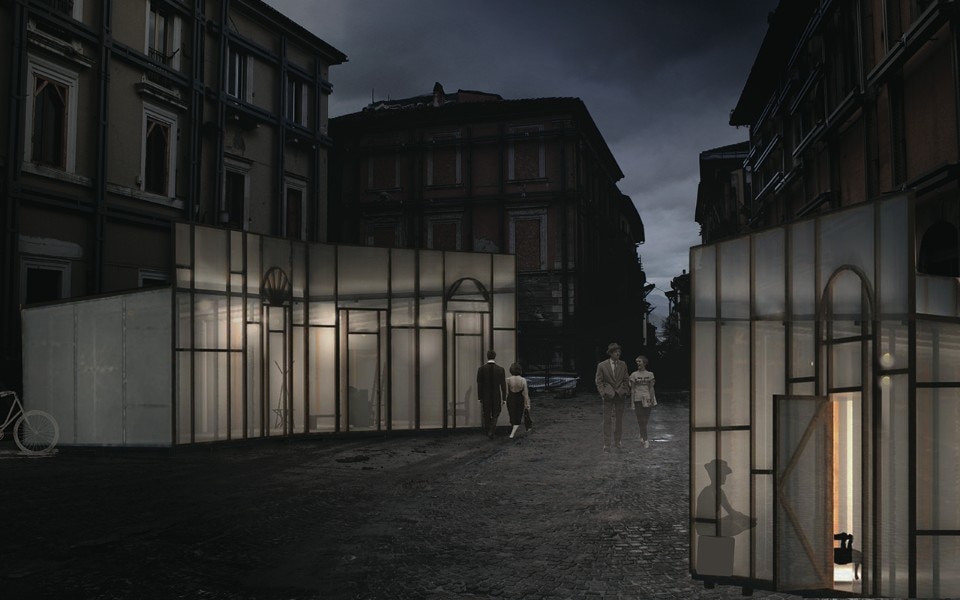
 View gallery
View gallery
All of the design experiments follow this direction, first of all aiming to bring back to the city the practices, activities and ritualism that existed before the earthquake, but also seeking to contribute to the re-launching of the local economy by attracting tourist interest in the spring and summer months. Consequentially, many projects are calibrated for a limited period of time and avoid the practical and regulatory restrictions of permanent structures. According to the priorities identified in the area, various themes have been identified, including:
a) the setting up of services for residence, aggregation and commercial activity in post-earthquake settlements (the C.A.S.E. project) through technology for light prefabrication.
b) the redesigning of a large open space near to the historic centre (Piazza d’Armi), serving as a temporary “double”, which houses activities and is created to become a park in the future.
c) the designing of light structures - both habitable and non-habitable - which allow for forms of reversible “colonisation” of the historic centre.
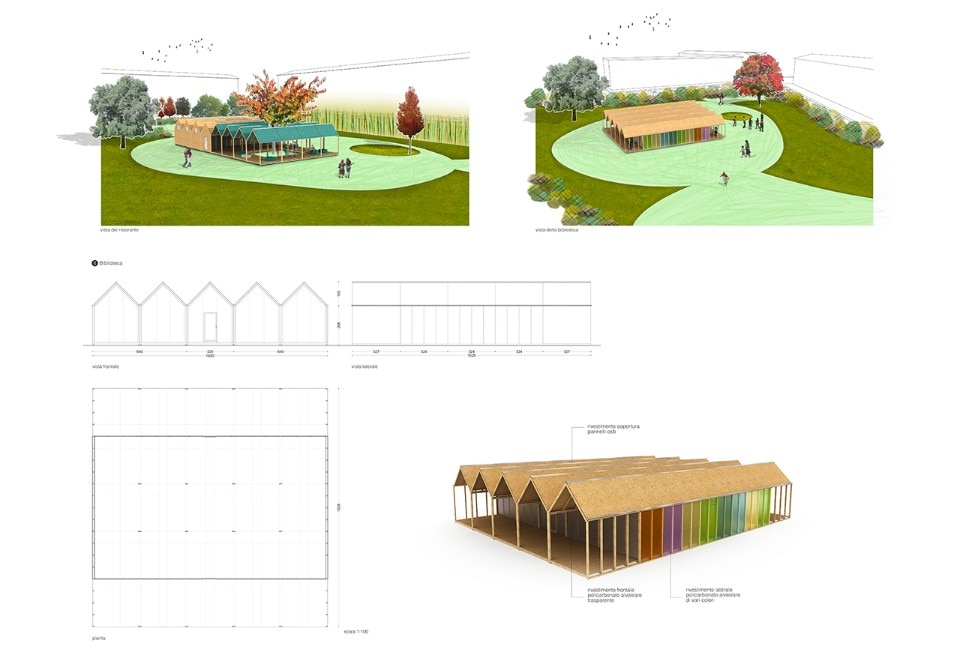
 View gallery
View gallery

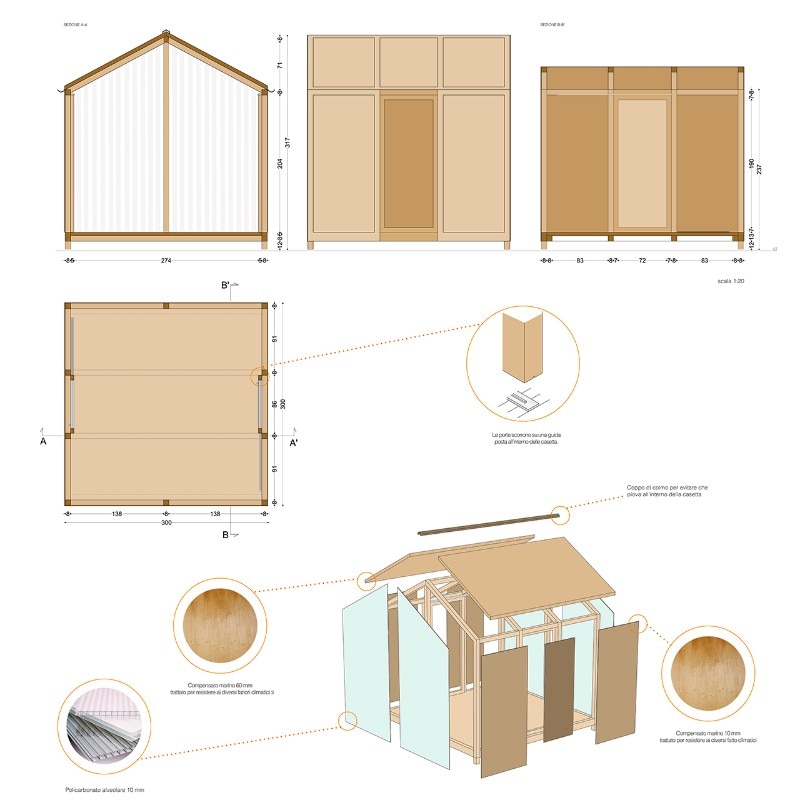
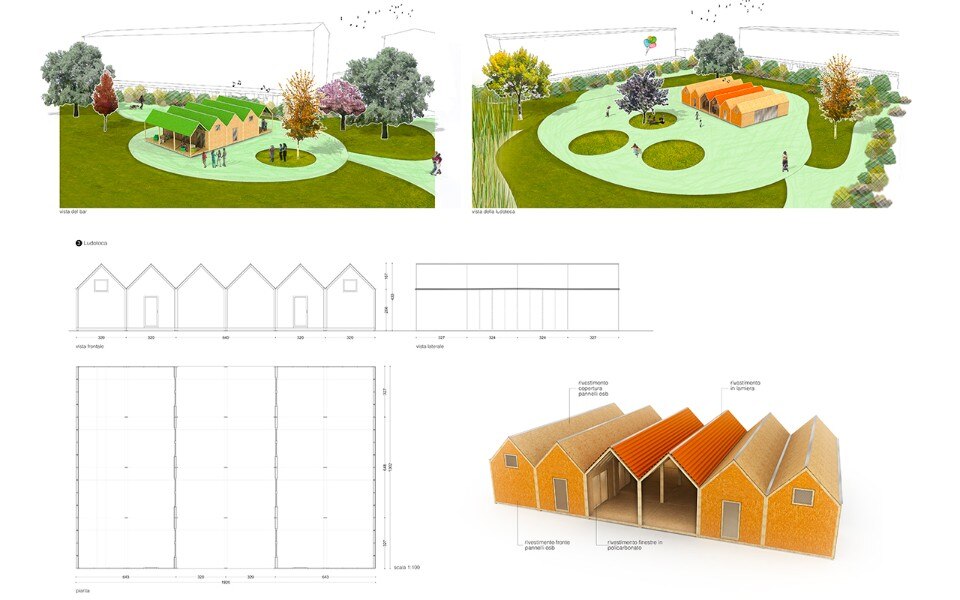
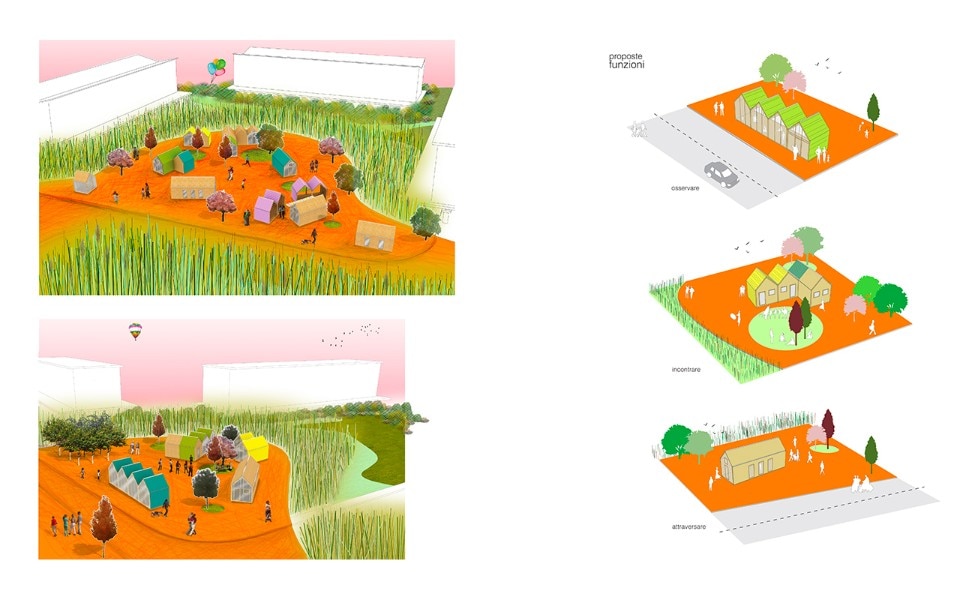
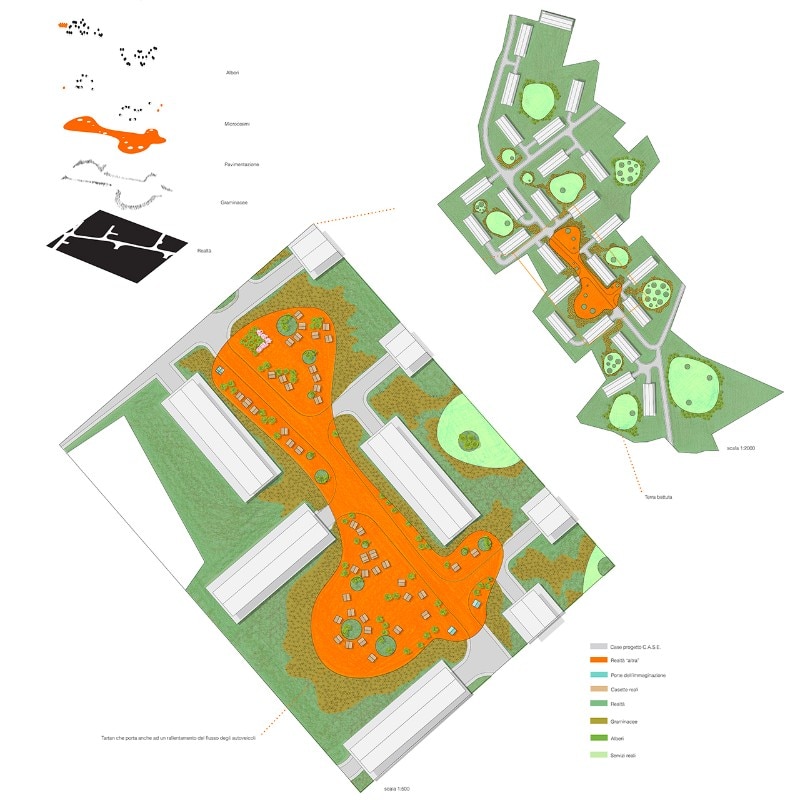
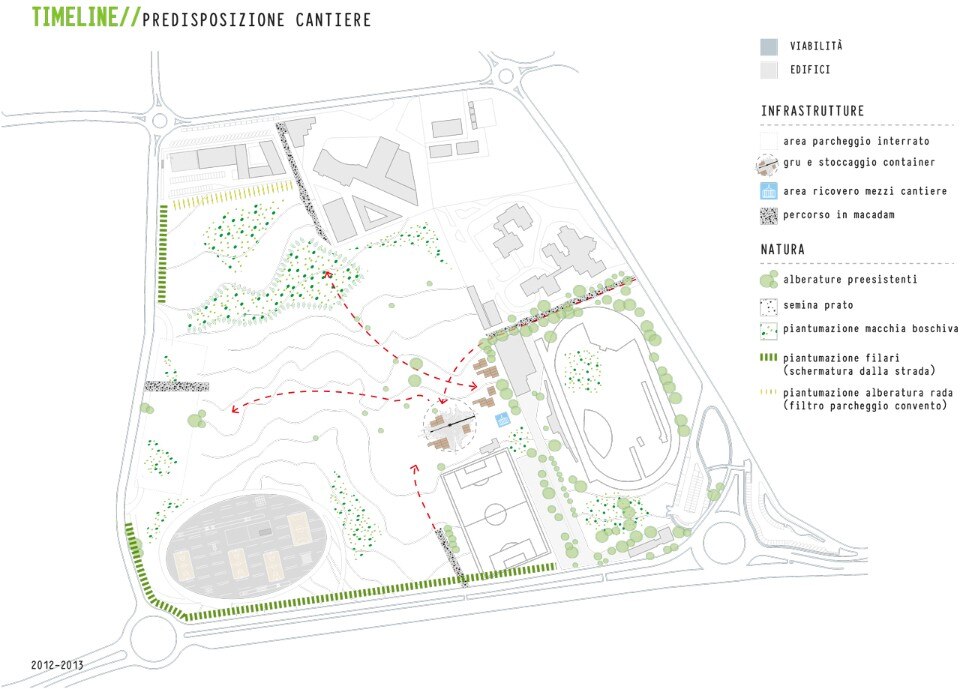
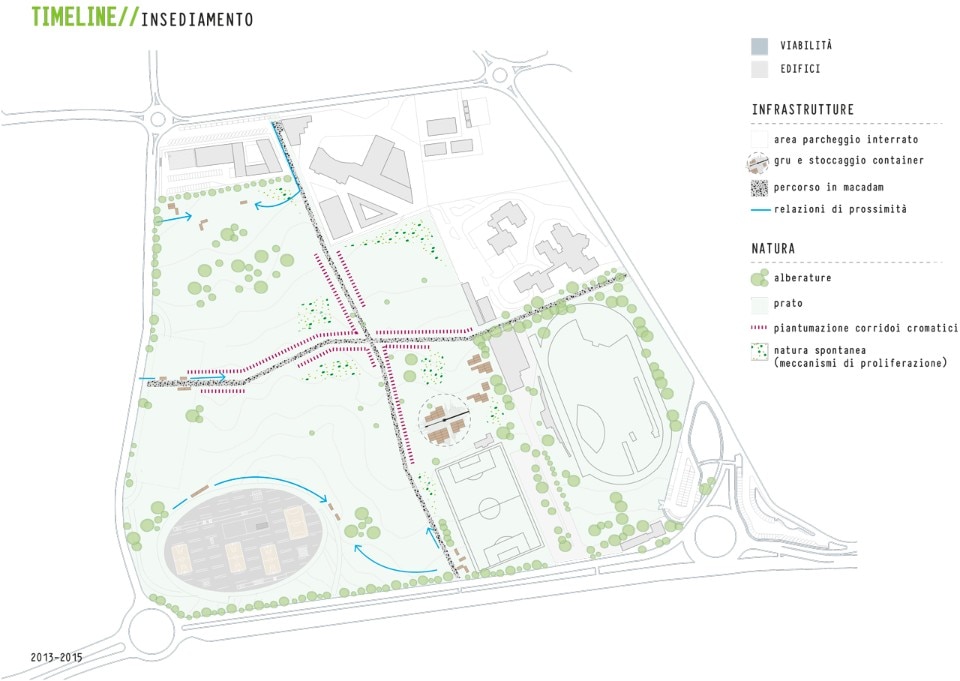
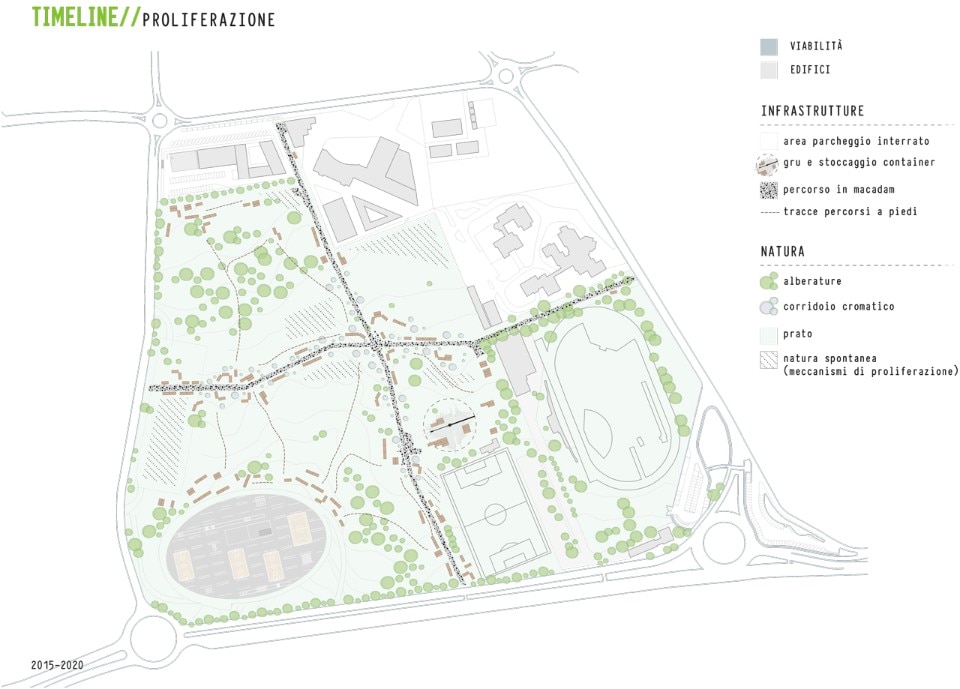
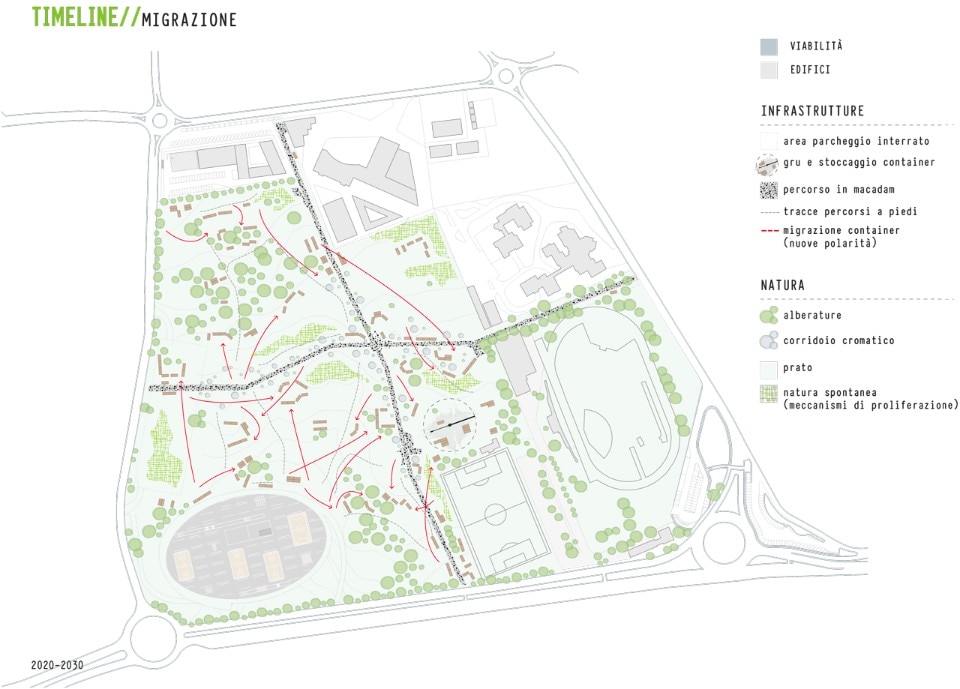
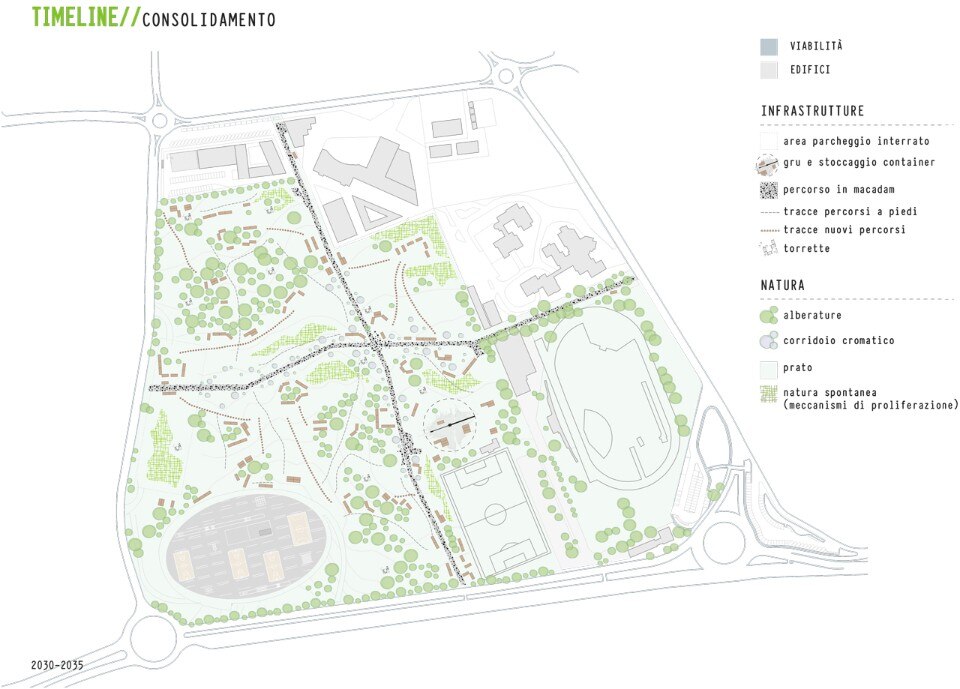
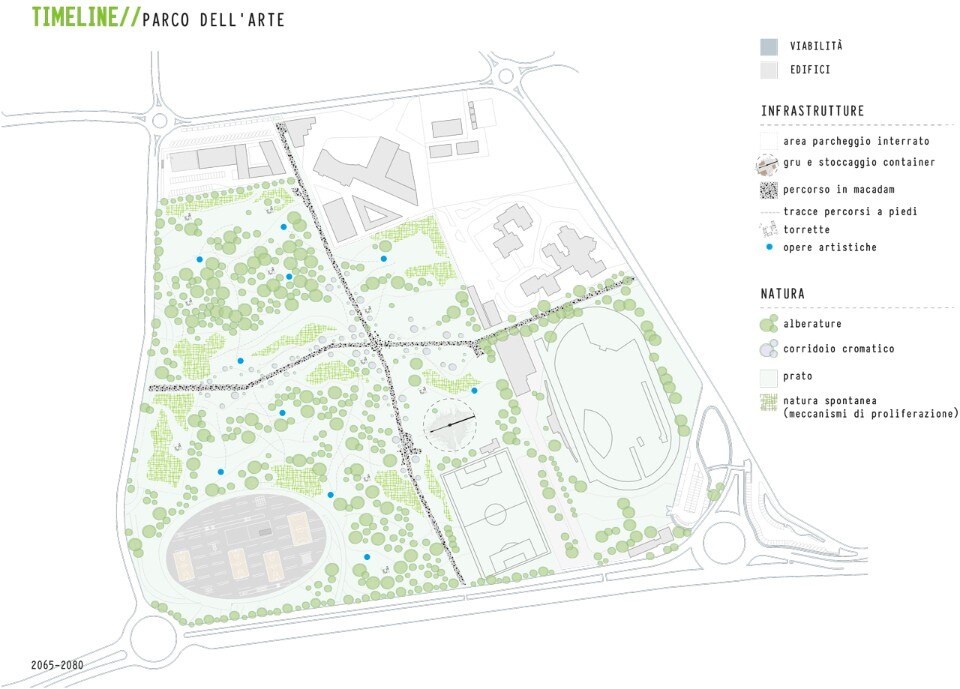
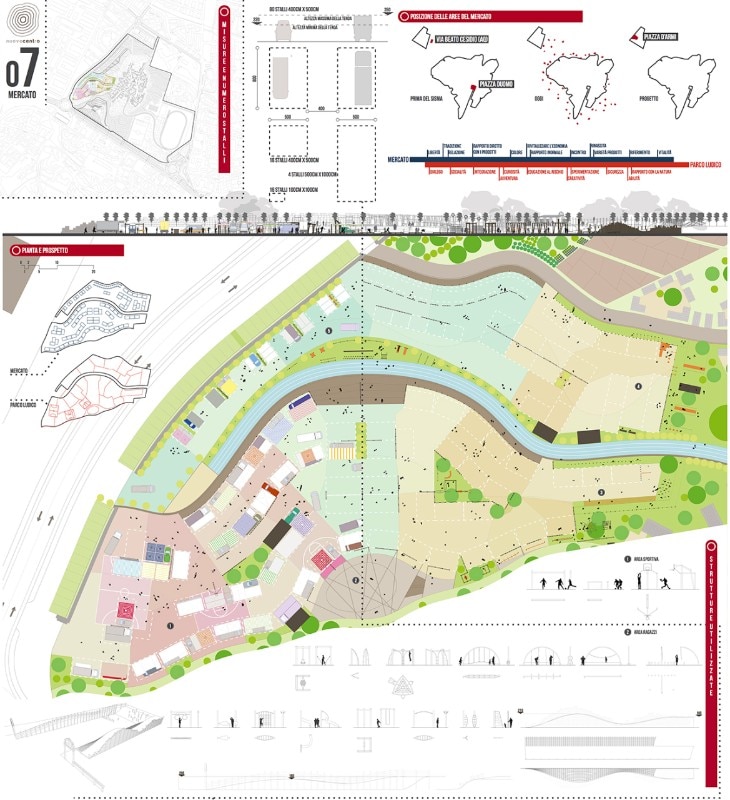
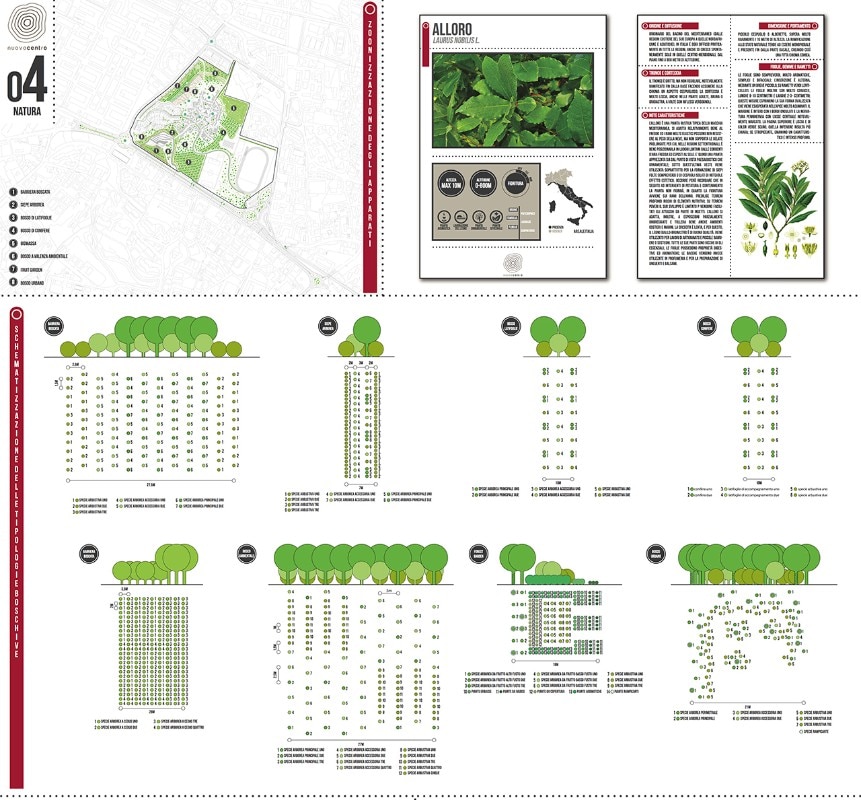
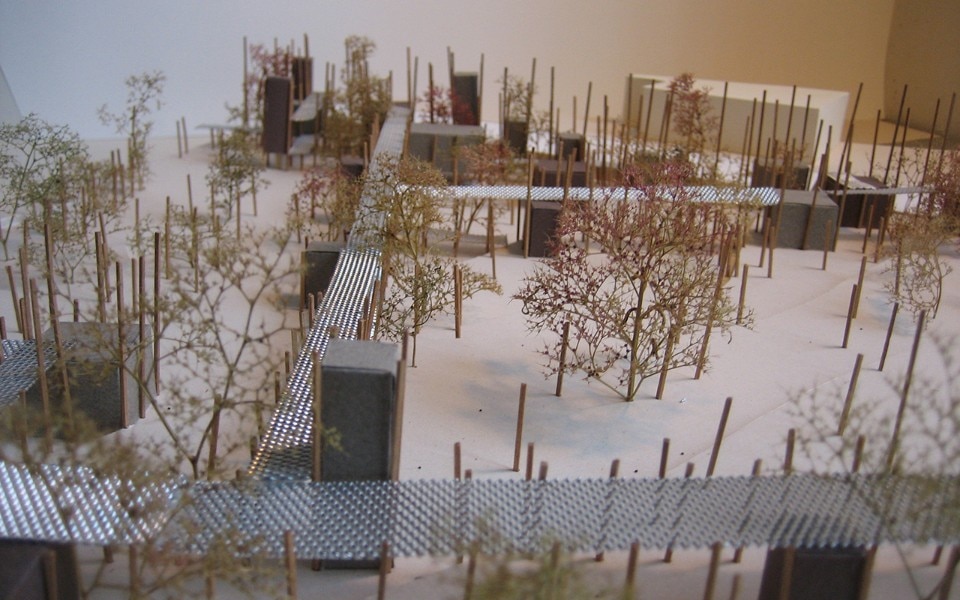
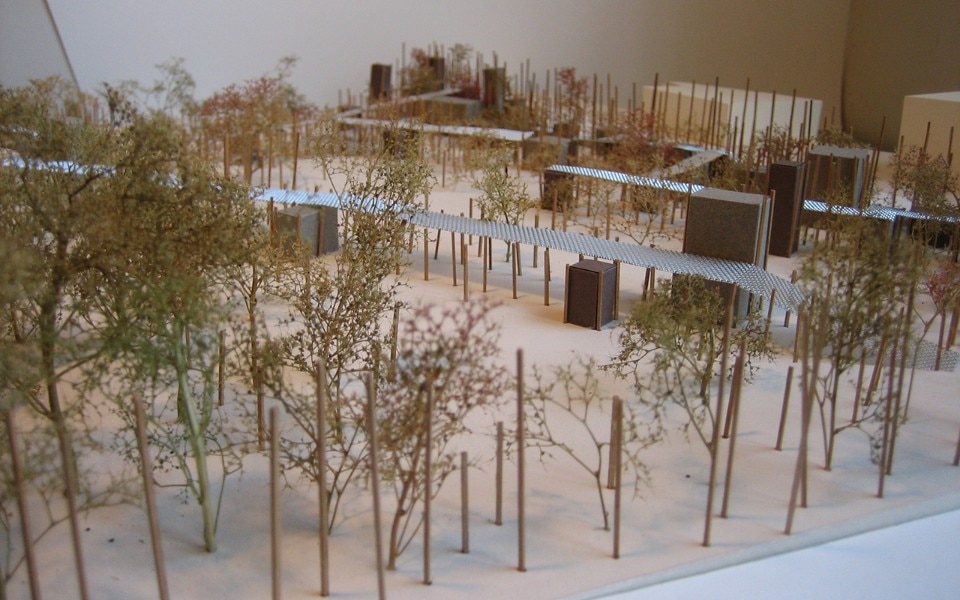
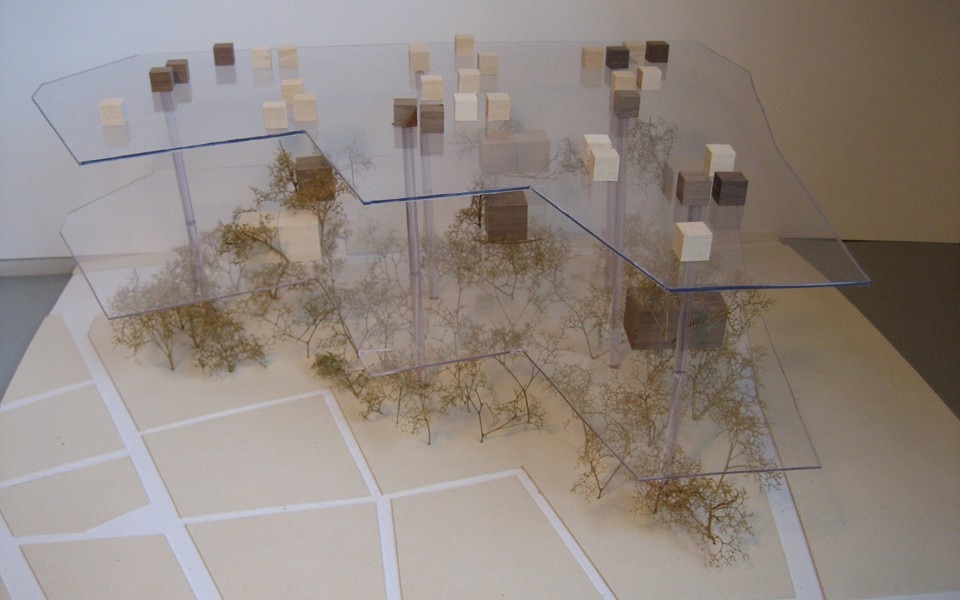
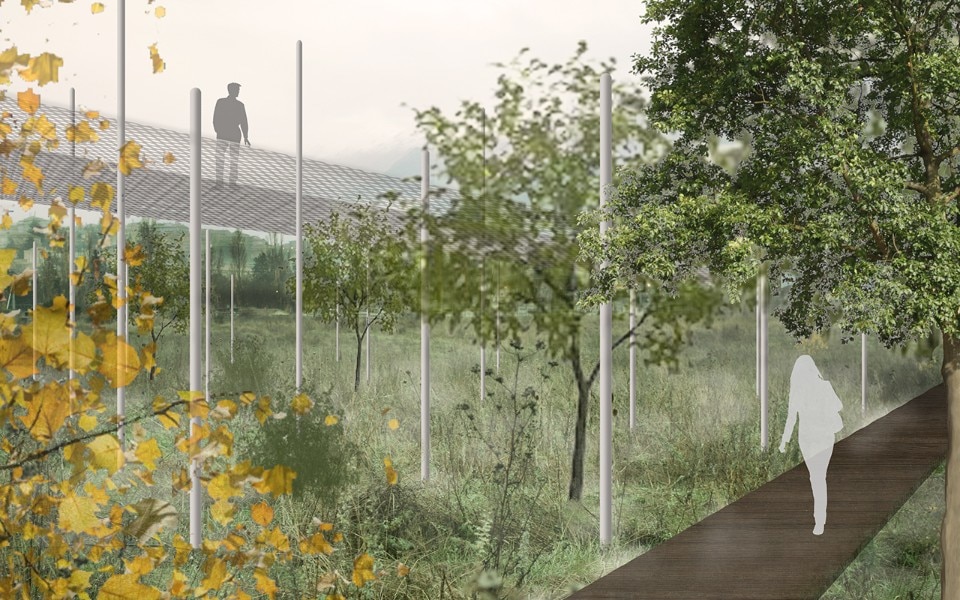
While the first theme suggests rooting new orphan and abstract sites to the area and terrain through minimal archetypal forms and natural implants (Lami, Mariotti); the second accepts the challenge of passing time. Landscapes that transform continuously as the historic centre gradually returns to life have been designed, creating an exchange between nature and artifice with roles reversed, with the growth of the first, the second disappears (Defelicis and Poletti; Frigerio and Lonardo; Sachero, Savoini and Valbusa). All projects express particular consideration for the inhabitants, their places and their traditions. But the interventions in the historical centre best represent the objectives of the Workshop. The majority of these propose performative events through which urban space is shown to be as precious as it is vulnerable. The use of narrative-procedural methods underlines the idea that the outcome of the project is an “action over time”, a process in itself. In this sense, the operational sequences and the instructions give preference to the definition of objects and spaces, modifying the consolidated concept of design. The city and its inhabitants play a key role. For example with the re-invention of traditional urban rituals - the market, entertainment, religious mass - in public spaces (Accetti, Barosi and Beghi); when the elderly - unique custodians of culinary tradition - are involved in the organisation of collective dinners in the streets of the centre (Innocenti, Ma and Mignosa); or where improvised musical events for the young are promoted through the use of new technology and interactive devices (Lualdi). In an uninhabited and largely unilluminated environment, many projects examine the effects of artificial light to protect areas and reassure citizens. Light container-lanterns are designed which reproduce the façades which lie behind and propose diversified use in the various night and daytime hours (Della Sala, Guernieri e Jovanovic); or video installations are created which tell of the evolution of monuments following the earthquakes - L’Aquila has experienced three over a 600-year period (Matic). Many works are characterised by a fascination for this kind of “orthopaedic architecture” given by the wooden underpinning, which expresses the craftsmanship of the Fire Brigades (Benaglia, Cattaruzza and Saccani), and the metal scaffolding which instead expresses the institutional urgency of safety (Cattani, Contini De Lorentis and Ghezzi). It is all about designing “uncertainty”, accepting the challenge of the evolution of things. Interventions are seen as temporary not for their “brief duration”, but because they accept the variety and mobility of users, offering them spaces for living and relations, open to transformation without modifying the original technological and environmental system. In this sense, the temporary nature expresses a contemporary value, independent of the size of the emergency.
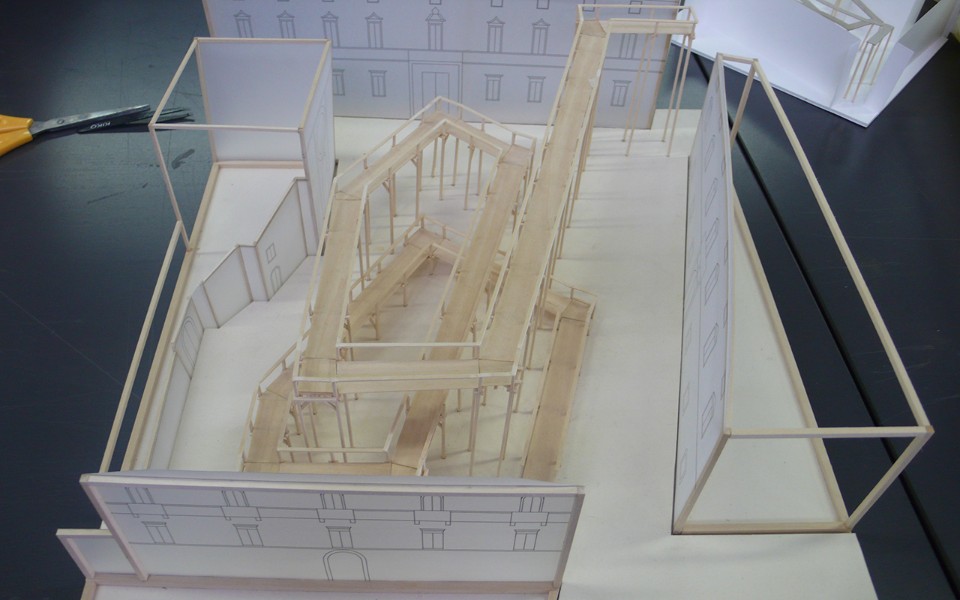
 View gallery
View gallery
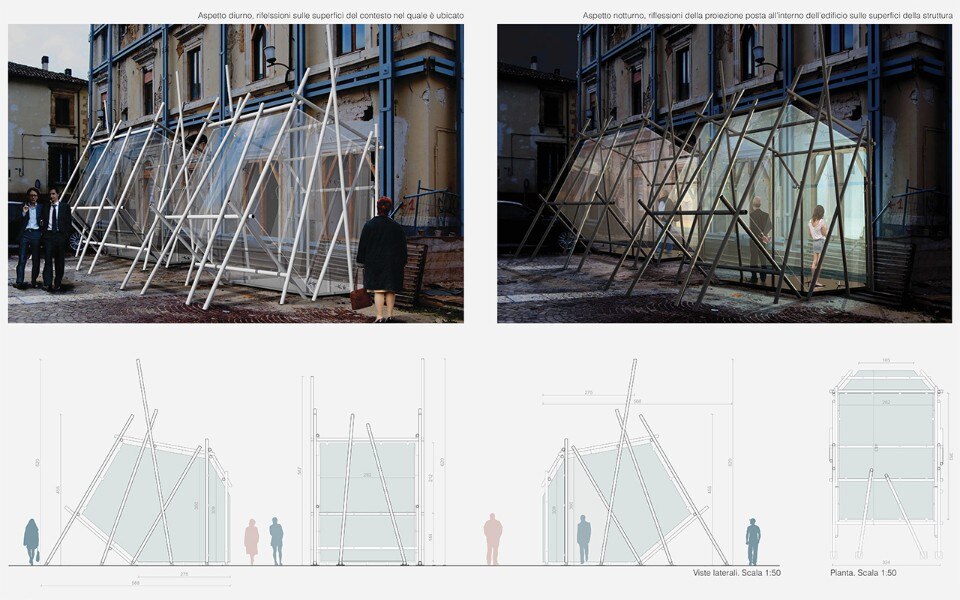
prova tavole stampa nuove cambiate del tutto (2).indd
Luca Guerrini is associate professor at the Department of Design, Politecnico di Milano. The Workshop on L’Aquila was directed by the author, together with Paolo Brambilla, Fabrizio Pignoloni, Filippo Taidelli, and with the collaboration of Chiara Bianchini, Elena Dalmasso, Silvia Danesi, Alessandra Di Virgilio, Patrizia Foletti. Appreciation for their collaboration goes to: Francesca Balena (Politecnico di Milano), Mario Centofanti (L’Aquila University), Andrea Colcuc (Project coordinator C.A.S.E.), Francesco Giancola (Saragozza University) Renato Ruatti (Architect, C.A.S.E. project), Chiara Santoro (Municipality of L’Aquila), Anna Spreafico (Esterni, Milan), Lucia Uni (Artist, author of “Qui L’Aquila”).


